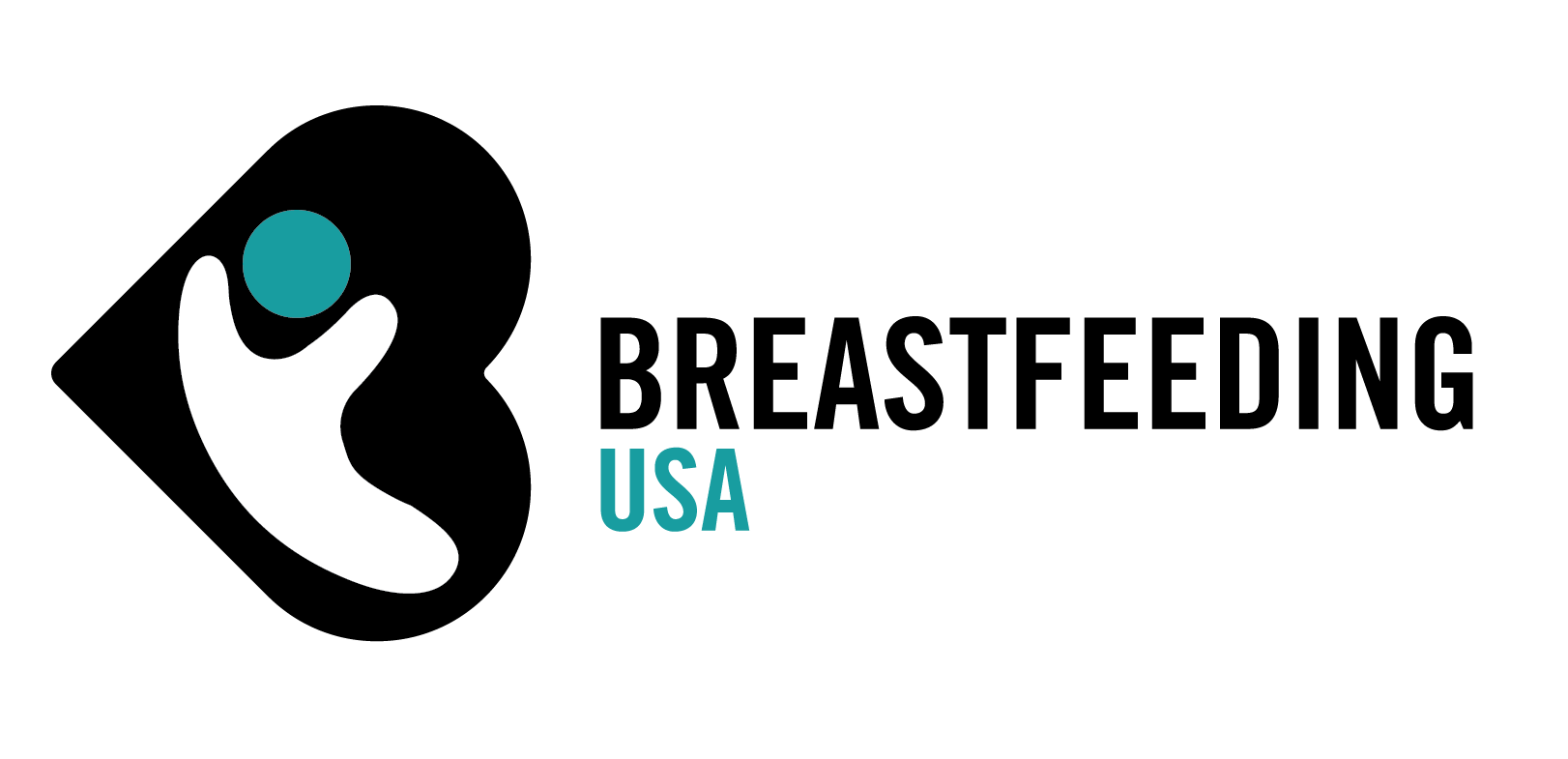By Cynthia L. Sears, MS, BC

Probiotics are sometimes referred to as “beneficial bacteria.” Bacteria, you say? Yes. There are 10 times more cells from microorganisms, like bacteria and fungi, in and on our bodies than there are human cells (Arthur & Stein, 2013). However, microorganisms make up only about 1 to 3 percent of the body’s mass due to their small size, in comparison to human cells (NIH, 2013). The world of microorganisms that exists within the human body is called the microbiome. Microbes exist in nearly every part of the human body, from the gut and digestive tract, to the nose and mucous membranes of the respiratory tract, and even on the skin. Some of these microorganisms serve an essential purpose, helping us to maintain a healthy system by helping to digest food and absorb nutrients that would otherwise be unavailable, and synthesizing vitamin B and vitamin K. Other organisms (such as yeast) are present in and on our bodies normally, and an overgrowth of these organisms can cause unpleasant symptoms and illness.
Examples of probiotics include Lactobacillus acidophilus, Lactobacillus GG, Lactobacillus plantarum, Bifidobacterium longum, Bifidobacterium bifidum, etc. The National Institute of Health (NIH) currently has a project underway to identify and map the human microbiome (NIH, 2013).
The microbiome of babies and human milk
Babies receive beneficial bacteria from their mothers during vaginal birth and via breast milk. Human milk also contains special sugars that seem to selectively nourish the necessary gut bacteria (Yong, 2014). Babies receive the initial colonization of their microbiome from their mothers during the birth process. The mode of birth (cesarean vs. vaginal) can affect this initial colonization of the microbiome in newborns. Mothers undergoing emergency cesarean surgery after laboring had milk microbiotas closer to those of women who delivered vaginally than women with elective cesareans (Dominguez-Bello et al., 2010).
These microbes not only help growing humans digest the milk they drink, but also help to keep infection away. Indeed, the immune system of newborns is temporarily depressed in the weeks after birth in order to give these beneficial bacteria an opportunity to colonize their gut (Reardon, 2013). Immunoglobulin A (IgA or SIgA) is an antibody found in adult human bodily secretions (mucus, tears, saliva); we manufacture about a teaspoon every day. For newborns, the only source of IgA that they have is mother’s milk. These maternal antibodies provide benefits to the intestinal immune system of the breastfed infant that persist into adulthood (Rogier et al., 2014).
Human milk has its own microbiome that helps to protect mothers and infants (Quinn, 2014). Human milk is now recognized to contain numerous factors that, in turn, set up the immune system to have fewer chronic illnesses later in life (Yong, 2014). Oral intake of probiotic supplements can affect the microbes present in breast milk: Jiménez and colleagues (2008) found that mothers given supplemental Lactobacillus from three strands–Lactobacillus gasseri, Lactobacillus fermentum, and Lactobacillus salivarius–showed transfer of these strands to the milk. The researchers successfully trialed the use of Lactobacillus salivarius and Lactobacillus gasseri as a treatment for infectious mastitis during lactation.
Probiotic Supplementation?
Kelly Bonyata, IBCLC, of Kellymom.com, recommends that probiotic supplements be used prophylactically to prevent thrush whenever mother or baby has to take a course of antibiotics (Bonyata, 2011). Prebiotics, soluble fibers that stimulate the growth of probiotics in the gastrointestinal tract, can also be a helpful component in probiotic supplements. Examples of prebiotics include inulin and fructooligosaccharides (FOS) (Bonyata, 2011). Prebiotics are also present in a number of foods, and intake from food is usually more effective. Prebiotics are present in asparagus, burdock, chicory, dandelion root, Jerusalem artichoke, leeks and onions, grains, legumes, and cruciferous vegetables, such as broccoli, Brussels sprouts, cabbage, cauliflower, collard greens, kale, radish, and rutabaga.
One caution to take into consideration when considering probiotic supplementation for infants is the fact that newborns have immature immune systems. As with any nutritional supplement, it is important to remember that quality control can be an issue. There have been instances where probiotic supplements were contaminated by potentially harmful fungi and bacteria. Due to the immature immune system and the immature digestive tract, routine use of probiotic supplements in infants younger than 3 months should only be done under the supervision of your child’s health care provider. Since human milk contains probiotic bacteria already, it is not clear that giving baby supplements in addition to breast milk provides measurable advantages. With older infants who have more developed immune systems, especially those of 6 months of age, this is less of a concern, but it is always important to have a collaborative relationship with your child’s health care provider in which you feel comfortable discussing your decisions, especially with regard to nutrition and the use of any supplements. Many doctors now routinely recommend the use of probiotic supplements with any course of antibiotic therapy. The best way for babies to receive probiotics is via breast milk.
References
1. Arthur, B. & Stein, R. (2013). Exploring the invisible universe that lives on and in us. Retrieved on February 23, 2014 from http://www.npr.org/blogs/health/2013/11/01/242361826/exploring-the-invis…
2. Bonyata, K. (2011). Q & A: Preventing Thrush. Retrieved on March 7, 2015 from http://kellymom.com/bf/concerns/child/preventing-thrush/
3. Quinn, E. A. (2014). Human milk has a microbiome – and the bacteria are protecting mothers and infants! Retrieved on February 23, 2014 from http://biomarkersandmilk.blogspot.com/2014/12/human-milk-has-microbiome-…
4. Dominguez-Bello, M. G., Costello, E. K., Contreras, M., Magris, M., Hidalgo, G., Fierer, N., & Knight, R. (2010). Delivery mode shapes the acquisition and structure of the initial microbiota across multiple body habitats in newborns. Proceedings of the National Academy of Sciences, 107(26), 11971-11975. Retrieved on February 23, 2014 from http://www.pnas.org/content/107/26/11971.full
5. Jiménez, E., Fernández, L., Maldonado, A., Martín, R., Olivares, M., Xaus, J., & Rodríguez, J. M. (2008). Oral administration of Lactobacillus strains isolated from breast milk as an alternative for the treatment of infectious mastitis during lactation. Applied and environmental microbiology, 74(15), 4650-4655. Retrieved on March 7, 2015 from http://aem.asm.org/content/74/15/4650.full
6. NIH. (2013). NIH Human Microbiome Project defines normal bacterial makeup of the body. Retrieved on February 23, 2014 from http://www.nih.gov/news/health/jun2012/nhgri-13.htm
7. Reardon, S. (2013). Babies’ weak immune systems let good bacteria in. Retrieved on February 23, 2014 from http://www.nature.com/news/babies-weak-immune-systems-let-good-bacteria-…
8. Rettner, R. (2014). Probiotics May Help Prevent Infant Gut Disorders. Retrieved on February 23, 2014 from http://www.livescience.com/42538-probiotics-infant-gut-disorders-colic.html
9. Rogier, E. W., Frantz, A. L., Bruno, M. E., Wedlund, L., Cohen, D. A., Stromberg, A. J., & Kaetzel, C. S. (2014). Secretory antibodies in breast milk promote long-term intestinal homeostasis by regulating the gut microbiota and host gene expression. Proceedings of the National Academy of Sciences, 111(8), 3074-3079. Retrieved on March 7, 2015 from http://www.pnas.org/content/111/8/3074.full
10. Yong, E. (2014). How breastmilk engineers a baby’s gut (and gut microbes). Retrieved on February 23, 2014 from http://phenomena.nationalgeographic.com/2014/02/03/how-breast-milk-engin…
Cynthia L. Sears, MS, BC
Cynthia Sears is a doctoral student in Health Education and Behavior at the University of Florida and one of the founding members of the North Central Florida Chapter of Breastfeeding USA. She is the mother of two breastfed sons.
Copyright © April 2015 Breastfeeding USA. All rights reserved.
